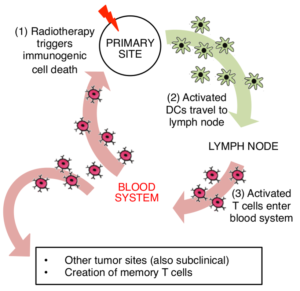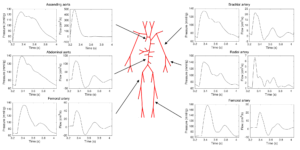Microsimulation of colorectal cancer screening strategies

Colorectal cancer (CRC) is the second most frequent solid cancer and the third leading cause of cancer related death. There is tremendous potential to reduce CRC incidence and CRC related death via CRC screening. The evidence for many CRC screening interventions is incomplete and for some highly relevant questions no high-quality data are available. For instance, even though colonoscopy is considered the gold standard for CRC screening, there is no randomized controlled colonoscopy study for CRC screening. Microsimulation is an attractive tool to assess effects of CRC screening on a population. Microsimulation models are used for forming medical policies which allocate billions of dollars to specific CRC screening and surveillance interventions. However, existing tools for CRC microsimulation are currently strictly proprietary, and predictions cannot be independently advanced. Moreover, sensitivity analysis is usually insufficient and the space of uncertainty in basic parameters barely explored. Finally, current microsimulation studies do not provide personalized predictions.
We recently developed the microsimulation tool Colon Modeling Open Source Tool (CMOST). CMOST captures the natural history of CRC via early and advanced adenomas, accounting for gender, age, location within the colon and individual differences in CRC risk and allows simulating screening interventions. Detailed calibration and validation was performed and we continue to develop CMOST and try to apply it to answer various clinical questions.


